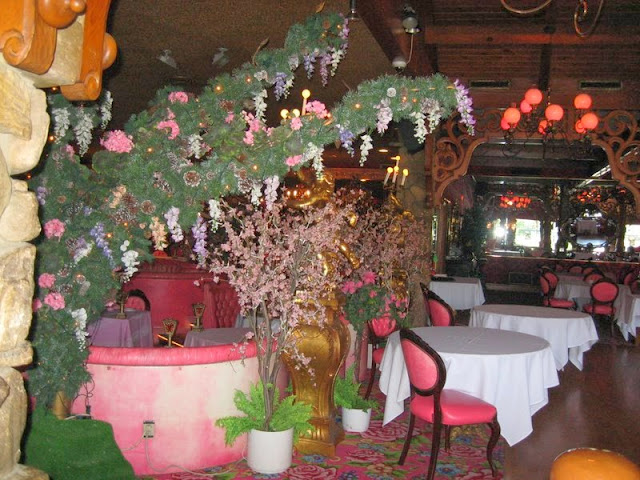During our 17-Mile Drive, David and I admired the manicured lawns and showy gardens at the luxurious Pebble Beach Resort, but no amount of money could have produced what we saw just a few miles south at Point Lobos Reserve.
Nature, not man, has created a masterpiece. Unrelenting surf pounded the shores of these cliffs for thousands of years to create shallow, sheltered coves and tide pools that cormorants, pelicans, sea otters and sea lions call home. On land, 88 species of mammals, including mountain lions, bobcats, fox and coyote roam the 1,250 -acre reserve while hundreds of bird species fly overhead.
The wind-sculpted trees with their tatters of lacy lichen clinging to their nude branches create an eerie, almost surreal feeling as we walk the Cypress Grove Trail. We wouldn't have been surprised if leprechauns had jumped out from behind a boulder because this is a trail where you expect magic to happen.
While we never spotted the sea lions from the trail named for them (Sea Lion Point Trail), we enjoyed a completely opposite experience on this windswept plain where the ocean breezes fan this treeless expanse of garden. These meadows were as exposed as the cypress grove was secretive, and we're told that dozens of wild plants run rampant here during the summer.
A couple volunteers at the ranger station answered our questions about the animals, sea creatures, and the lichen growing on the trees. David and I felt the sea otter's pelt (Pelts were displayed from animals that had died naturally.) and learned that, unlike the sea lion and seal that are protected from the cold by a layer of blubber, the otter fends off the cold by having the densest fur of any animal on Earth.
As we drove away, we realized that even though Lobos Point was lacking some crucial funding at the moment, the park was wealthy beyond measure in its treasures. Pebble Beach Resort might have every amenity to please the body, but Lobos Point soothed the soul.
Practicalities -
The park opens at 8 A.M. and closes a half hour after sunset. It is wise to get there early as only 450 visitors are allowed in the park at one time. Admission is $10 per car. Click for more
information about the park.

















































